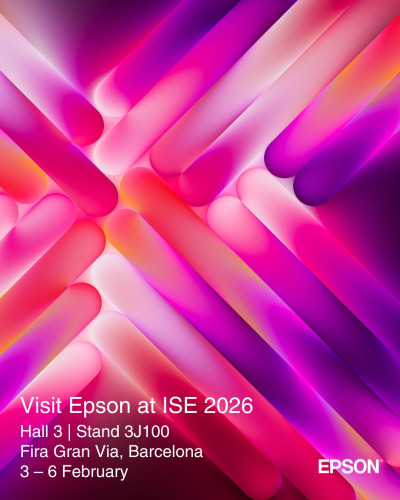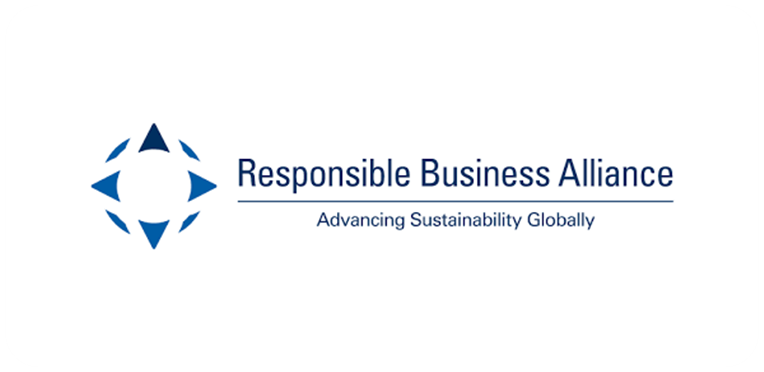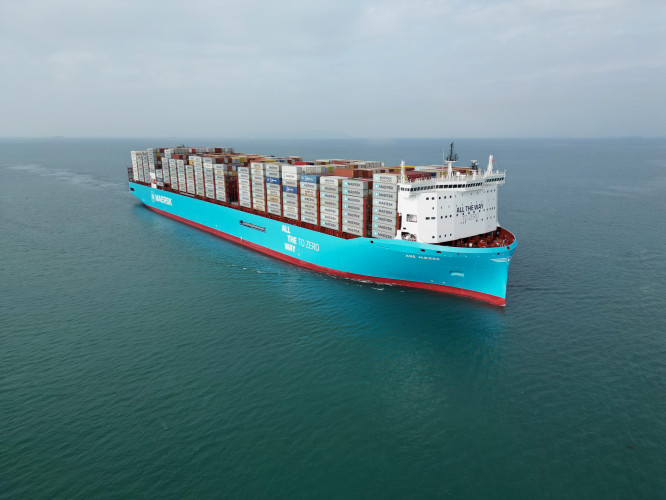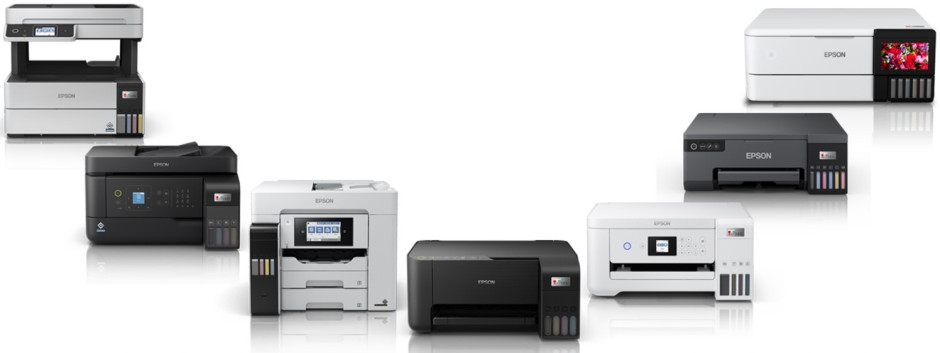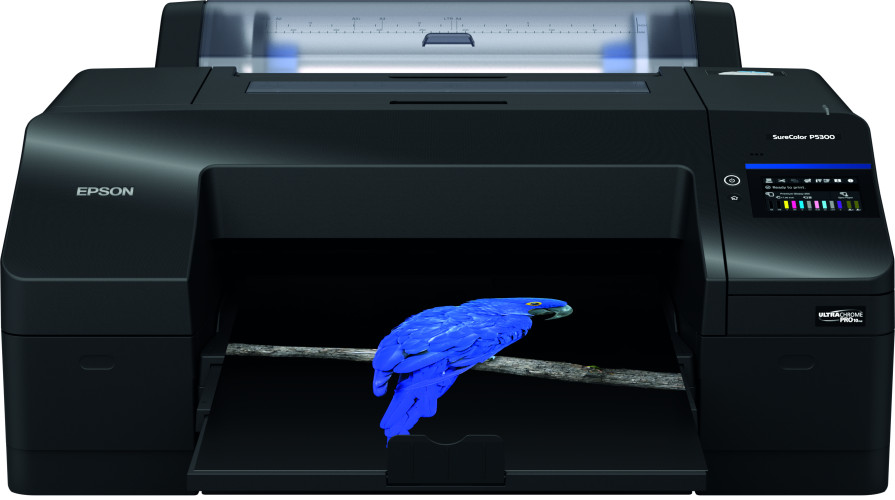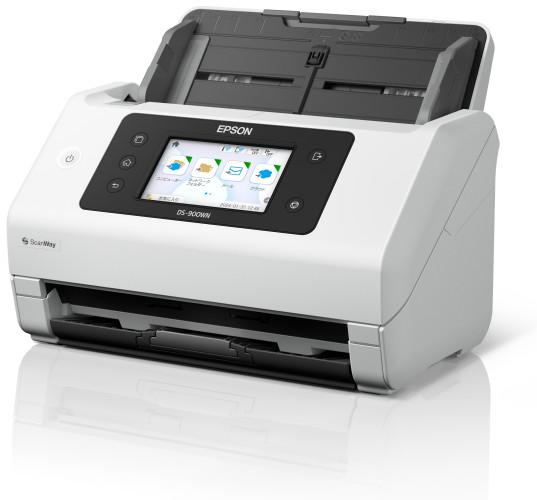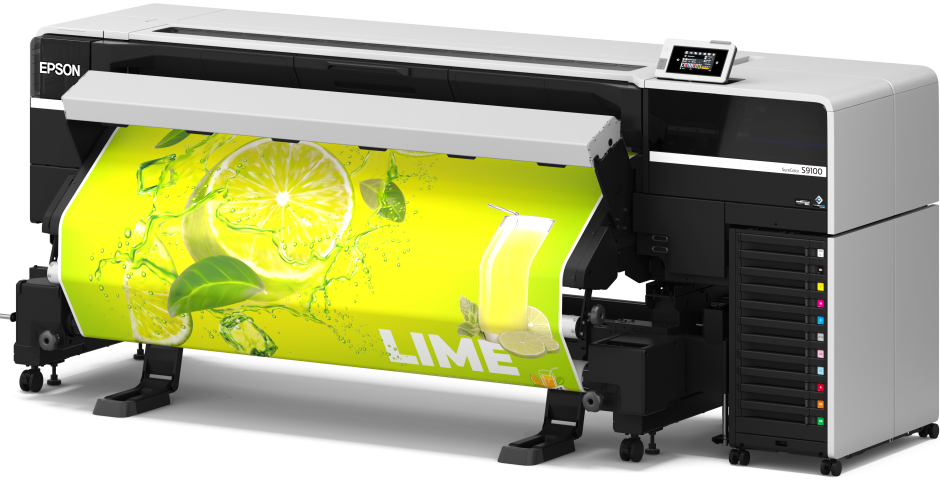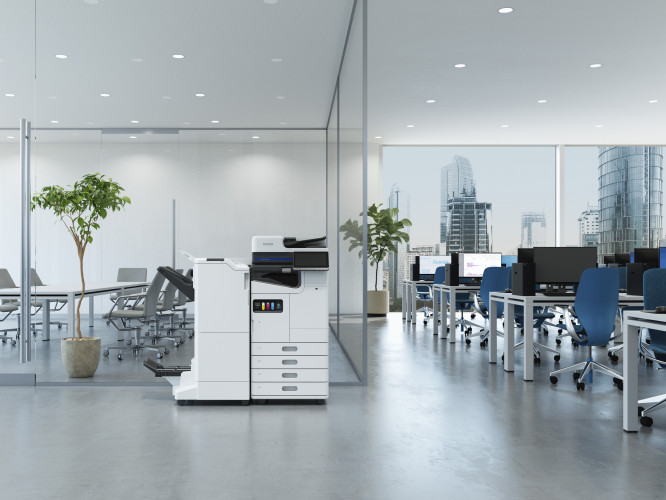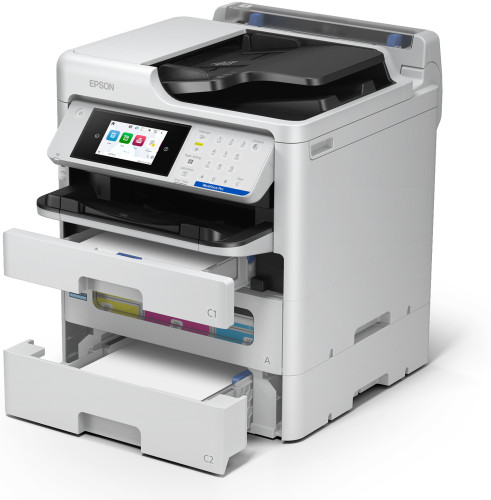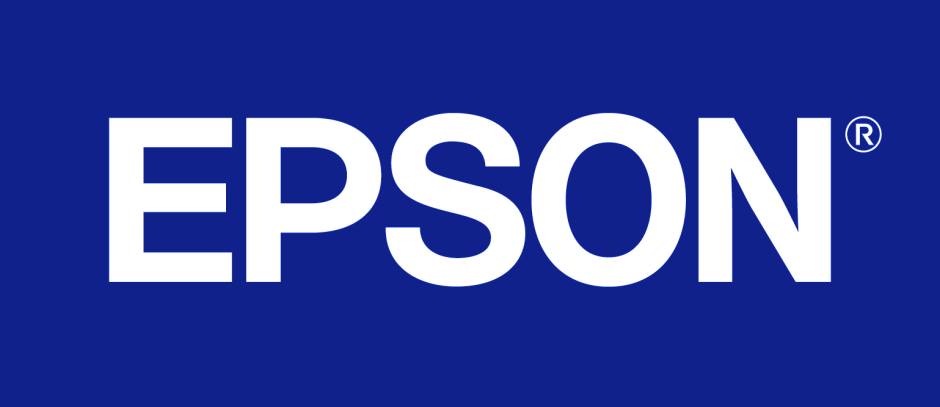Why colour matters in education
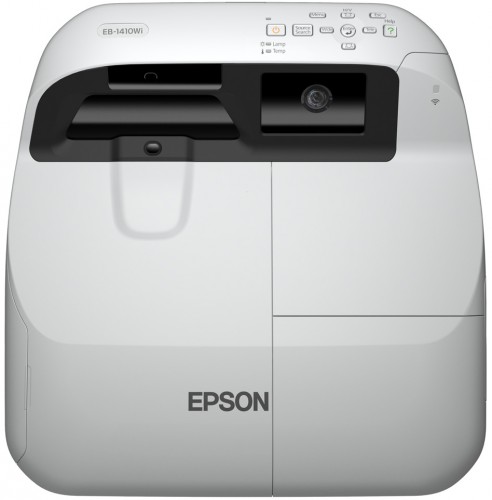
The world we live in is full of brightly coloured imagery, much of it aimed at a young audience that is increasingly accustomed to watching vivid HD movies, surfing colourful web sites and immersing themselves in high-speed multimedia games. Little wonder then that, when it comes to grabbing the attention of students in the classroom, it’s something of an uphill battle. Especially when it comes to projectors, many of which simply don’t deliver bright enough colours.
Compared to vivid on-screen images, the pictures you get from a digital projector can seem dull and lifeless. Even when you’ve gone to the trouble of selecting a high enough brightness rating for the equipment when buying it and, possibly, paying much more to get it.
When shopping for a suitable projector for the classroom, it’s important to pay attention to more than cost-efficiency Ensuring that the chosen projector offers sufficient brightness is key.
“Unfortunately, most projectors’ specification sheets only offer a brightness rating, measured in lumens, that tells you how bright the projector will be when displaying an all-white image,” says Dean Jules, product manager at Epson South Africa. “What a lot of vendors don’t tell you is that a projector’s colour brightness can be significantly lower, making for dull colours. And dull colours make for dull viewing, no matter how much you try to liven up the content.”
It is therefore vital, adds Jules that a projector’s Colour Light Output (CLO) should be taken into account when purchasing a projector for a school environment, and ideally, the CLO and the white light output (WLO) should offer equal lumens (brightness).
“Projectors based on 3LCD, like Epson’s projectors, will never boost their white light output at the expense of colour,” he says. “Because of the way Epson’s 3LCD works, white and colour brightness will always be the same, producing clear, sharp and vibrant images.”
There is a standard method of measuring CLO, allowing customers to compare different projectors objectively before making a purchase – and leading vendors include the CLO and the white light output in their standard specification sheets. “If they don’t include this information, you need to question more deeply, because they may have something to hide,” Jules adds.
Epson projectors that are 3x brighter and ideal for the education sector include:
- The Epson EB-1410WI interactive meeting room system – an integrated and interactive 3,100 lumen projection system offering an all-in-one solution for the classroom. This projector combines short-throw projection, an interactive whiteboard, a paper flipchart and more – allowing students and teachers to collaborate during each lesson, and to share content easily afterwards.
- The wall-mounted Epson EB-485Wi ultra short throw projector offers 2,600 lumen white and colour light output, as well as dual pen interactivity and advanced networking capability, making it possible for a school to share content to multiple projectors simultaneously, over their network.
About Epson
Epson is a global imaging and innovation leader that is dedicated to exceeding the vision of customers worldwide through its compact, energy-saving, high-precision technologies, with a product line-up ranging from printers and 3LCD projectors for enterprise and the home, to sensors and other micro devices.
Led by the Japan-based Seiko Epson Corporation, the Epson Group comprises more than 78,000 employees in 99 companies around the world, and is proud of its on-going contributions to the global environment and the communities in which it operates.
http://global.epson.com/
About Epson sub-Saharan Africa
Epson’s operations in sub-Saharan Africa were established in 1997 with headquarters based in Johannesburg, South Africa. Since then, Epson has established a panel of distributors and resellers throughout sub-Saharan Africa who are dedicated to serving Epson’s end-consumers with the highest quality products and levels of support. Epson now manages sales and support in 21 sub-Saharan African countries including South Africa, Botswana, Zimbabwe, Mozambique, Namibia, Swaziland, Lesotho, Zambia, Malawi, Angola, Nigeria, Kenya, Ghana, Tanzania, Uganda, Rwanda, Ethiopia, Southern Sudan, Eritrea, Liberia and Sierra Leone. http://www.epson.co.za/

